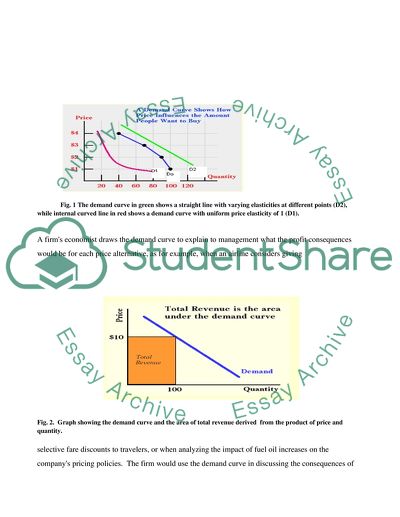Cite this document
(The Concept of Demand and Its Role in Managerial Economics Term Paper, n.d.)
The Concept of Demand and Its Role in Managerial Economics Term Paper. Retrieved from https://studentshare.org/macro-microeconomics/1546782-demand-managerial-economics
The Concept of Demand and Its Role in Managerial Economics Term Paper. Retrieved from https://studentshare.org/macro-microeconomics/1546782-demand-managerial-economics
(The Concept of Demand and Its Role in Managerial Economics Term Paper)
The Concept of Demand and Its Role in Managerial Economics Term Paper. https://studentshare.org/macro-microeconomics/1546782-demand-managerial-economics.
The Concept of Demand and Its Role in Managerial Economics Term Paper. https://studentshare.org/macro-microeconomics/1546782-demand-managerial-economics.
“The Concept of Demand and Its Role in Managerial Economics Term Paper”, n.d. https://studentshare.org/macro-microeconomics/1546782-demand-managerial-economics.


